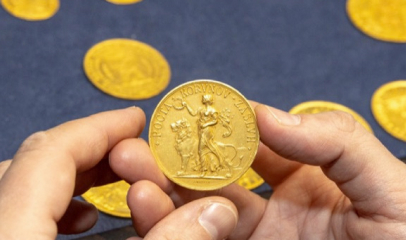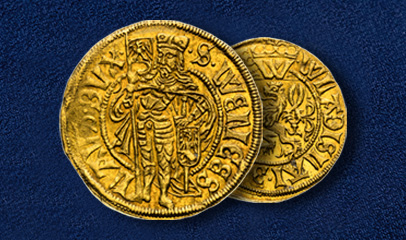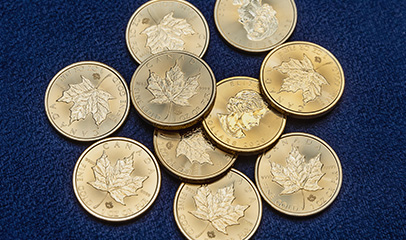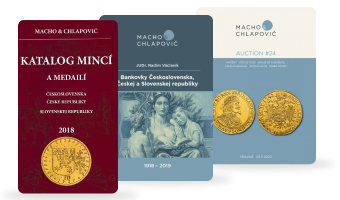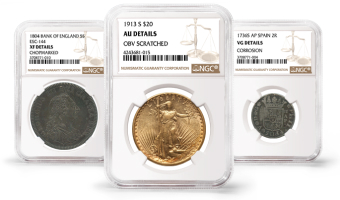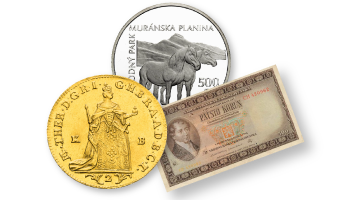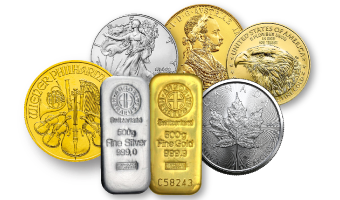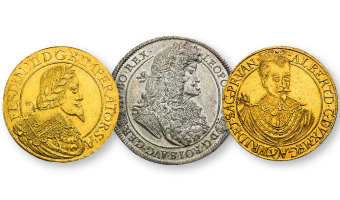
It is the year 1926. The recent geopolitical changes after the Great War have brought about the collapse of the Austro-Hungarian Empire and the establishment of the Czechoslovak Republic. The municipal savings bank in Kremnica (founded in 1846) employs the successful, less than thirty-year-old Július Ritter, the youngest descendant of the wealthy and powerful Ritter family of Kremnica. The son of the influential merchant Leopold Ritter has only recently strengthened the family’s position by marrying the young baroness Vilma Bittó. As an employee in the banking house of one of the branches of the oldest bank in Slovakia, he finds a 5 Heller coin with the year 1924 on it. He makes the astute assumption that the coin he has not seen so far is exceptional.
It is no coincidence that Július recognises the uniqueness of this coin. After all, his father, Leopold Ritter, a passionate collector, successful merchant and respected burgher of Kremnica, has been filling him in on the secrets of collecting for years. As early as at the end of the 19th century, he regularly organised meetings of influential merchants and renowned authorities in his family residence in Kremnica’s square below the castle. Apart from social events, collecting was also a frequent topic of these gatherings. In the early days, this hobby was mainly pursued by noble and bourgeois families, which in Kremnica included the Ritter family.
The precious coin thus becomes part of the family collection, which is later acquired by Gejza Chlapovič after his marriage to Július’s daughter Klára Ritter.
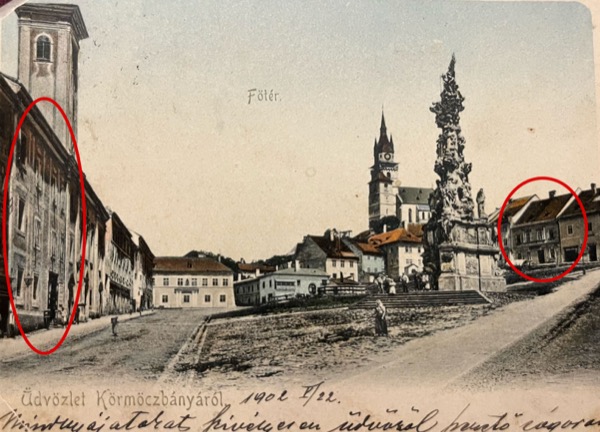
The Ritter family residence (right) and their shop (left)
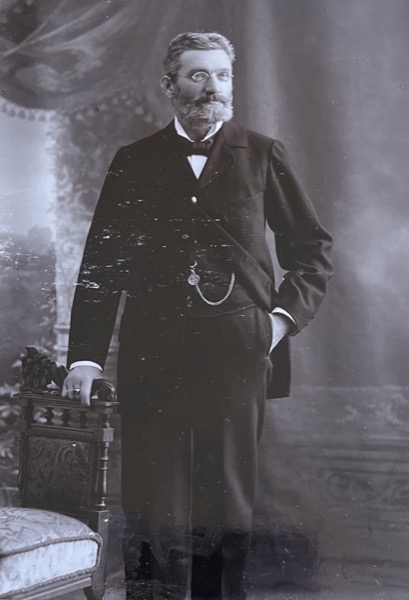
Leopold Ritter
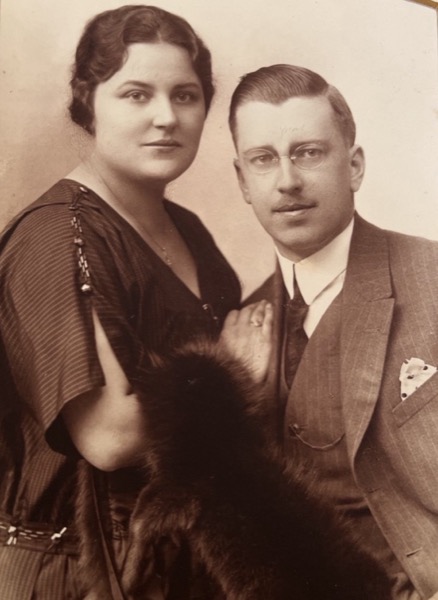
Július Ritter and the baroness Vilma Bittó
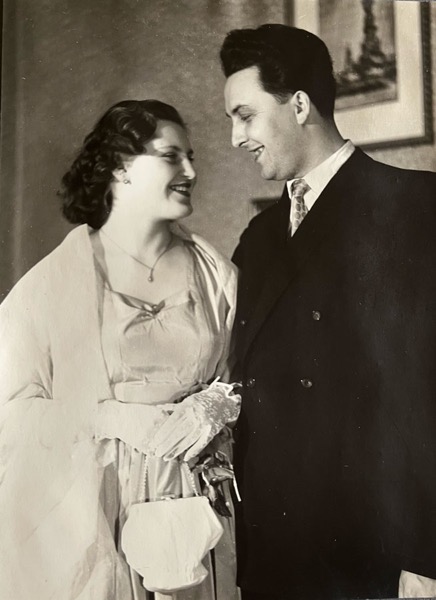
Gejza Chlapovič and Klára Ritterová
The rarest and most mysterious Czechoslovak circulation coin
The 1924 5 Heller boasts the status of being the rarest and most mysterious Czechoslovak circulation coin. Even the preparation of the coin’s mintage is shrouded in mystery. This is because no minting of the 5 Heller was planned for 1924. Nevertheless, a few specimens of the 1924 5 Heller coin have appeared on the collectors’ market. There are several theories as to its origin.
The first one is that the Kremnica Mint produced the dies on its own initiative. In 1923, the Mint was very busy. In addition to Czechoslovak coins, it was also producing coins for other countries and accepting other commissions, such as producing badges for the Ministry of Defence. The exchange of the old Austro-Hungarian currency for the new Czechoslovak one was still ongoing, and the Banking Office of the Ministry of Finance was constantly reporting shortages of small coins. In order to be able to respond promptly to any urgent demands for the minting of the 5 Heller coins, the mint could have taken the initiative to produce dies bearing the year 1924. However, this theory is contradicted by the fact that the mint would have had to have the 5 Heller with the newly designed year approved by the author of the coin – Otakar Španiel. Typically, 2 to 10 pieces are made for this purpose. However, there is no record in the index book that the 1924 5 Heller design was sent for approval. Even if trial strikes were made for the purpose of approval by the author, they were never sent to him.
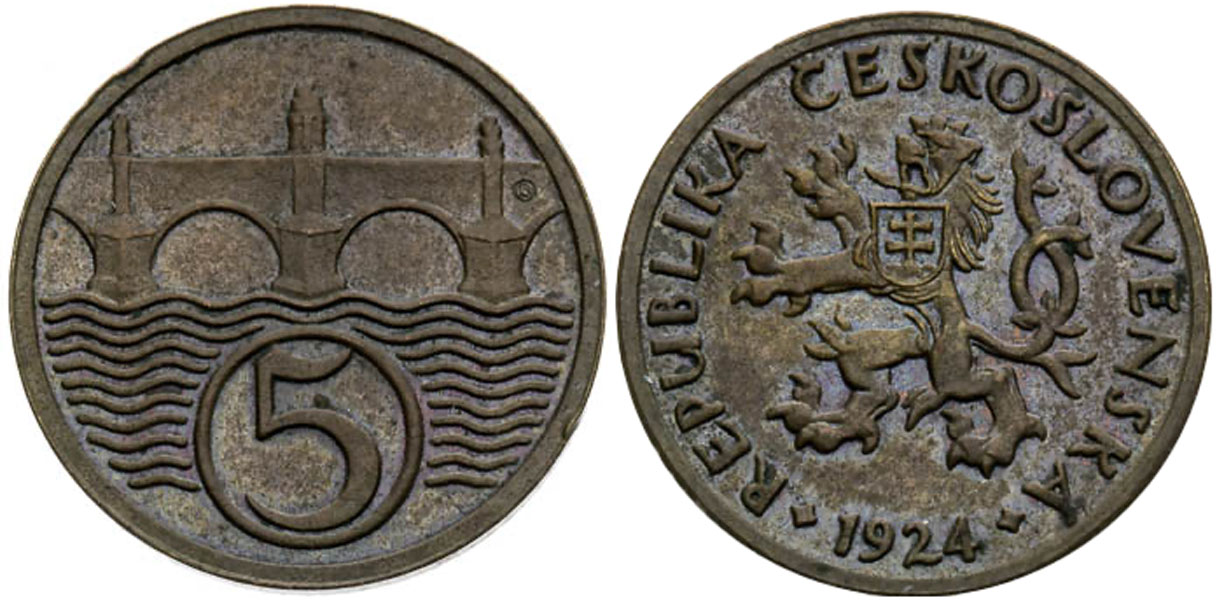
A second theory is that the 1924 die was produced by mistake. The designs of the 2 Heller and 5 Heller coins were identical at the time and their diameters differed by only 1 millimetre. Thus, there may have been a mistake in which the mint’s engraver created the obverse of the 5 Heller instead of the obverse for the 1924 2 Heller. But why would the mint ever use a die that was made by mistake? Another consideration is that the year 1924 was merely the result of a “re-engraving” of the year 1923. This is highly unlikely, however, as the number 4 is engraved perfectly and this would have been impossible with this technological process. For some time, there was even a debate in the collectors’ circles whether any 1924 5 Heller even existed.
In the 1980s, other specimens of the 1924 5 Heller appeared. They were “posh ones”, nicknamed so because they were supposedly minted as a gift for prominent members of the mint’s delegations. However, the coins bear signs of a damaged die on the bridge arches on the reverse and the lion on the obverse. The die in question is still part of the Kremnica Mint’s depository. This damaged die adds another mystery to the story of the 1924 5 Heller. It has hairlines on the obverse and the reverse. Examination of these hairlines revealed that the stamping machine had struck the dies with nothing in them. The topic of the cracked die is still very popular among collectors today. Some have bought into the theory that the die cracked on the very first strike. This erroneous assertion is disproved by lot number 382 in our coming auction. The extremely rare 1924 5 Heller specimen bears no signs of a damaged die and its provenance dates back to the early years of the First Republic.
SOURCE: Radek Havel, Rare Czechoslovak circulation coins.


